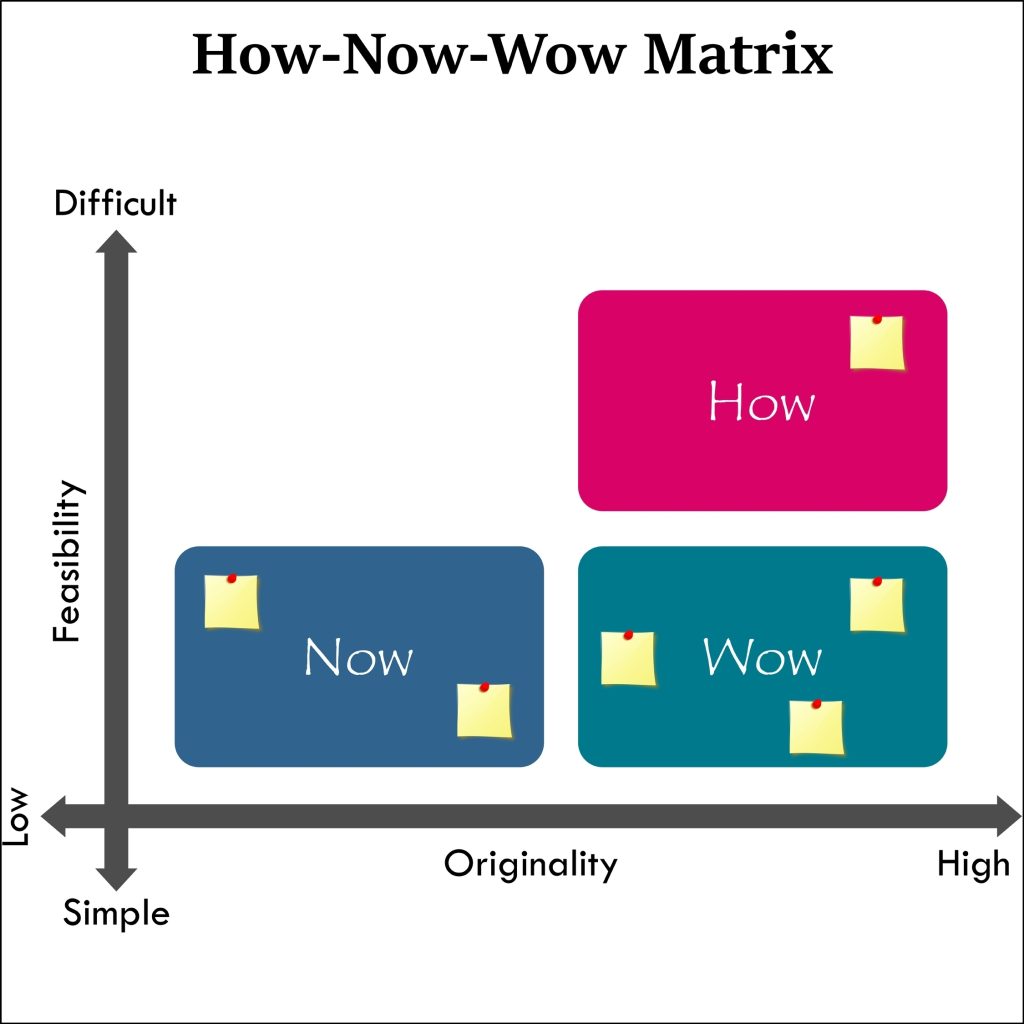Many of us parrot the cliché that “the customer is king”, but how many of us actually stop to think what that means?
By taking a truly customer-centric approach, your business can build an experience that truly satisfies your customers’ needs, while also making sure their impression of your brand matches how you want your organisation to be perceived.
In this article, we’ll show you five simple steps you can take to improve your customer experience.
What is the customer experience?
The term “customer experience” refers to the impression that your customers have whenever they encounter your brand.
Is it after they see your advertising? That’s part of the customer experience. Or is it when they deal with your customer service team? That’s part of the customer experience too. When they feel the touch of a physical product in their hands? Yup, that’s also part of the customer experience.

Why does the customer experience matter?
As the great advertising thinker Jeremy Bullmore once said: “People build brands as birds build nests, from scraps and straws we chance upon.” Every time someone has an interaction with your organisation, it shapes how they view your brand.
This means you need to consider your customers’ experience in its totality, across all of your channels. If your product, sales, marketing and customer service teams are all working in silos, it could well lead to a disjointed customer experience.
For example, your product and advertising might have a high-quality feel that justifies your premium pricing in the minds of your customers. But if they have a poor experience with your customer service team, you’ll suddenly lose credibility. As a result, your brand won’t feel as premium. That’ll make it harder for you to retain customers, make sales and justify your pricing – which will all massively harm your profitability.
To avoid falling into that trap, here’s a list of five steps you can take to improve your customer experience.
1. Understand what you need from a customer experience strategy
It all starts with a strategy. To use a military analogy, tactics are how you win the battle, but your strategy is how you win the war.
It’s important to understand that you can’t do everything. Sure, in an ideal world, you’d have limitless resources to make every customer touchpoint a perfect experience. But even the richest companies in the world wish they had bigger budgets.

Instead, you will need to make choices to deploy your finite resources in the way that will have the biggest impact. Ultimately, all strategy is about making choices and deciding where you should focus. Often, that means the most important decision is deciding what you won’t do.
2. Understand your customers
To improve your customer experience, you need to understand as much about your customers as possible. If you have a large budget, this might mean working with a specialist research company to work out how your customers actually interact with your organisation. But if your resources are more limited, it could be as simple as arranging a quick chat with a customer and asking them questions.
When you’re trying to speak to customers, remember you shouldn’t “let perfect be the enemy of good”. You’ll never know everything about your customers, but anything you do learn is very useful and can help you make better decisions.
You can also learn more about your customers by speaking directly to the people on the front lines of your business who interact with them every day (for example, your customer service team).
3. Map your touchpoints
Once you’ve got a better understanding of your customers, you should be able to map their touchpoints (ie where they interact with your organisation). You can do this in a physical space by sticking post-it notes to a wall, or by using one of a number of online tools.

During this stage, it can often be very helpful to involve other internal teams in the process. Seeing the experience from customers’ point of view can help people with different jobs better understand how their role fits within your broader organisation. For example, your customer service team might realise that their job isn’t just to solve customers’ problems, but also to act as an ambassador for your brand.
4. Decide where you can have the biggest impact
Once you’ve reviewed your customer research and mapped your customers’ touchpoints, you can then discuss with your teams how to use your available resources to improve the customer experience.
For example, if your customers tell you that they love your product but don’t understand your confusing instruction manual, you could consider making online videos that more clearly explain how to use your product.
Alternatively, if your customers tell you that their biggest annoyance is navigating your AI chatbots, you could consider investing in outsourcing your customer service to a call-answering service instead.
If you’re now sure what ideas you should be prioritising, you can use a decision-making tool like a “How Wow Now” matrix.

5. Measure and continually optimise
Once you’ve decided what changes you want to make, you should then measure their effectiveness, and continue to look for ways you can optimise the customer’s experience.
To make sure your changes have an impact, you can set SMART goals for your new interventions.
SMART goals are:
- Specific: What will be accomplished? What actions will you take?
- Measurable: What data will you use to measure the goal?
- Achievable: Is the goal actually realistic? Do you have the resources to make this happen?
- Relevant: Does this goal align with your broader long-term goals?
- Time-bound: What is the time frame for accomplishing this goal?
For example, “we will do more customer service over the phone” is not a SMART goal. But “we will handle 70% of our customer service interactions by phone by the end of the financial year” is a SMART goal.

Start improving your customer experience now
So as you can see, the best way to improve your customer experience is through a holistic approach that puts your customer at the centre of your thinking. But while improving the customer experience is a long-term process, there are still quick wins to improve your customers’ experience today.
Customer service is consistently one of the worst-performing touchpoints for customer experience. But with AnswerConnect, your customers get a 5* service in every interaction, 24 hours a day.
Want to learn more?
Get in touch now and discover how to create a seamless experience for every customer.



